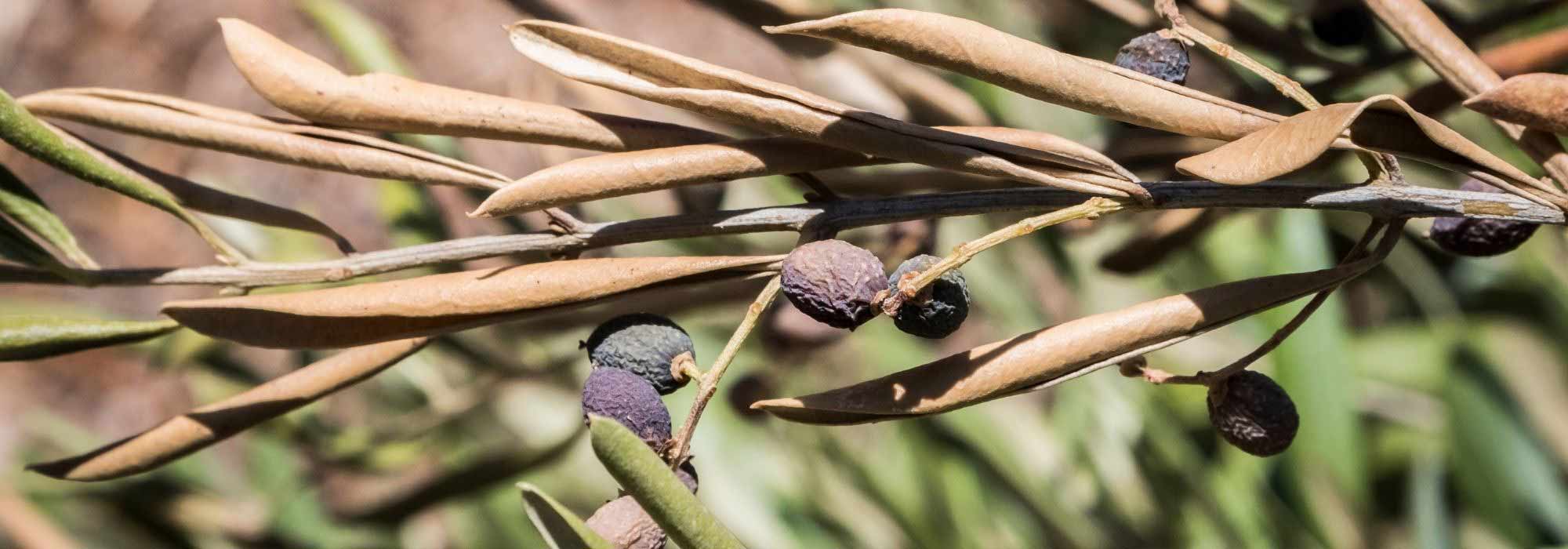
Diseases and pests of the olive tree
Detecting and treating them naturally
Contents
Iconic tree of the Mediterranean basin, the olive tree, favoured by gardeners, is now cultivated in many regions of France. Known for its longevity and great resistance, it can nonetheless be subject to attacks from parasitic pests or pathogenous diseases.
Does your olive tree show signs of weakness, and do you suspect that small pests or diseases are to blame? Want to know how to recognise a sick olive tree? Don’t panic: we list here the main sources of attacks on olive trees and the means to remedy them.
→ To become an expert in olive tree cultivation, feel free to consult our complete guide: OLIVE TREE, OLEA EUROPAEA: PLANTING, PRUNING
The olive fly
Symptoms and Cause
The olive fly is the main enemy of this tree, which it exclusively targets. Known as Bactrocera oleae, it is a dipteran insect, responsible for considerable damage to olives.
Our pest is a small fly measuring 5 mm in length. It is recognisable by its orange abdomen with two black stripes and its thorax featuring a central silver spot. Its wings are transparent with a black spot at their tip. The female pierces the skin of the olives to lay an egg. She can repeat this laying on more than 400 fruits, with swarms quickly contaminating entire trees, knowing that 5 generations can succeed each other in one season, from June to October. They begin their activity in warm weather, starting at 25°C.
Olive varieties with large fruits and thin skins, such as Lucques, Bouteillan, and Verdale from Hérault, are the most susceptible to this pest. The larvae laid in the fruits develop within them and create a gallery. After ten days, the adult fly emerges and flies away. This cycle lasts about a month from the laying. Olives, punctured by several flies, all show small characteristic holes and in autumn, when temperatures begin to drop, the punctured olives fall. They are, of course, unfit for consumption.
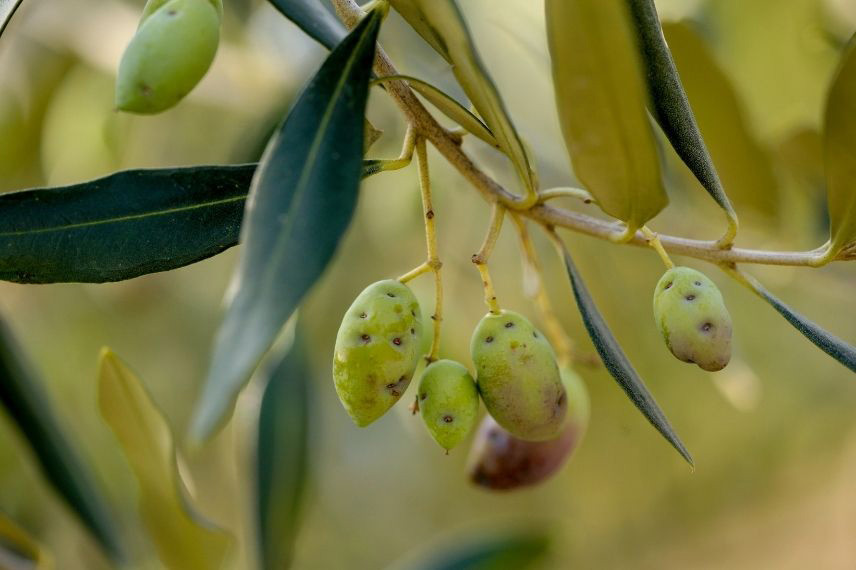 Olives punctured by the olive fly[/caption>
Olives punctured by the olive fly[/caption>
Preventive Measures and Treatment
- Preventive control involves stopping the development of flies by spraying white or green clay, which prevents them from laying eggs. This should be reapplied after each rain.
- Setting up traps helps detect the presence of the fly.
- Spraying Bordeaux mixture at the end of June, during the fly’s laying period, disrupts their nutrition and the development of the larvae.
Xylella fastidiosa
Symptoms and Cause
In 2015, alarm bells rang for olive growers in the Mediterranean basin due to the emergence of the killer bacterium Xylella fastidiosa. Some strains of the Xylella genus are responsible for potentially fatal diseases in various species of plants cultivated for food, including olive trees, vines, and citrus trees. Certain plants can be infected and transmit the bacterium while remaining asymptomatic (such as myrtle-leaf polygala: Polygala myrtifolia, Spanish broom: Spartium junceum, dentate lavender: Lavandula dentata, common myrtle: Myrtus communis, etc.).
The bacterium causes a “rapid drying complex of the olive tree.” In southern Italy, thousands of trees have died over the past decade.

A true scourge, the bacterium Xylella fastidiosa can decimate entire olive groves
Preventive Measures and Treatment
- There is no effective means of combating this disease. Only the prophylactic measures implemented (prohibition of the sale and movement of host plants) can limit its spread. This is why you will find the following message regarding these plants on the Promesse de Fleurs website:
→ “Not available for shipment to Corsica. The law prohibits us from shipping this plant to Corsica from mainland France as part of the fight against Xylella fastidiosa, and we sincerely apologise for this.”
- If your olive tree suddenly dries out and shows no signs of life, it may be wiser to proceed with uprooting and disposal at a waste facility in sealed bags and/or a covered vehicle (depending on the size of the tree) to prevent any spread.
Discover other Olive trees
View all →Available in 1 sizes
Available in 6 sizes
Available in 1 sizes
Available in 2 sizes
Available in 1 sizes
Available in 1 sizes
Available in 1 sizes
Available in 1 sizes
Available in 1 sizes
Available in 1 sizes
Peacock eye disease
Symptoms and Cause
The Cycloconium oleaginum, or peacock eye, is a widespread fungal disease affecting olive trees. The pathogenic fungus – Spilocaea oleaginea – penetrates the leaves and develops a mycelium that spreads through the tissues. The leaves of infected olive trees exhibit circular white-grey, brown, or orange spots on their upper surface, ranging from 0.2 to 1 cm in diameter. This fungus thrives at around 15°C, typically in spring and autumn. If temperatures are too high (above 25°C) or too low (below 9°C), it remains in dormancy. Rain and humidity play a significant role in contamination.
Affected leaves fall, and the photosynthesis of the olive tree may be compromised, affecting olive production. As the tree weakens, it becomes more vulnerable to other parasites and pathogenous organisms.
 Olive leaves showing the characteristic circular spots of peacock eye disease
Olive leaves showing the characteristic circular spots of peacock eye disease
Preventive Measures and Treatment
- As rain and humidity play a predominant role in contamination, to prevent this, avoid contact between low branches and herbs. Mowing around the base of the trees is effective.
- Pruning the tree allows for better air circulation and prevents moisture stagnation in the branches.
- Avoid overhead watering.
- In spring or late autumn, treat the olive trees with horsetail manure for its antifungal and bio-stimulant properties.
- In case of infection, collect and dispose of contaminated leaves and fruits.
- If the attack is severe, an application of Bordeaux mixture should help you overcome it.
→ Find Virginie’s article: How to make horsetail manure? RECIPE AND USES
Read also
Planting olive treesThe black scale of the olive tree
Symptoms and Cause
The black scale Saissetia oleae is a hemipteran insect, like cicadas, aphids, and bugs. This species, consisting solely of females, is identified by the black shell of its representatives that cling to the branches. They extract the sap from olive trees and secrete a sugary honeydew that promotes the development of a fungus: sooty mould. This surrounds the leaves and young shoots, disrupting the tree’s photosynthesis, already weakened by these sap-sucking insects.
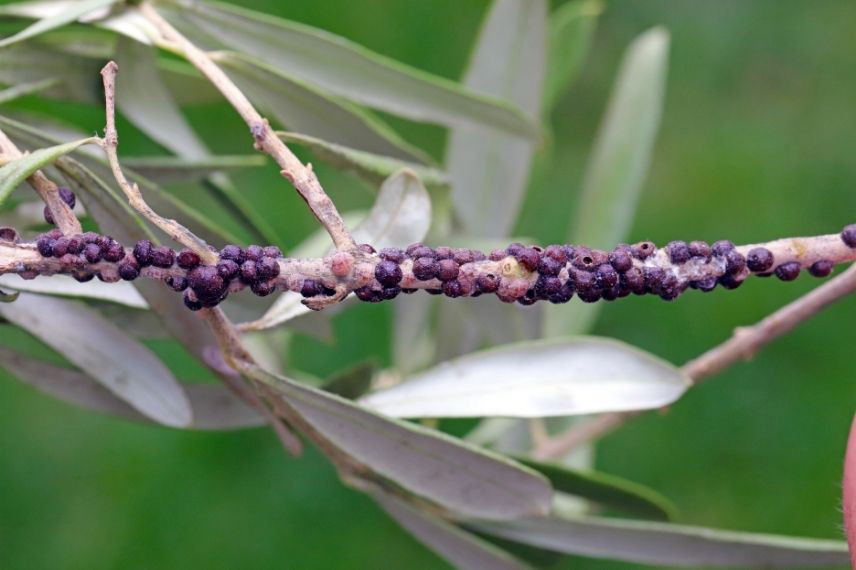
Black scales on an olive branch
Preventive Measures and Treatment
- Encouraging biodiversity in the garden helps to prevent the appearance of scales. Natural enemies of these pests, such as ladybird larvae, will help regulate them. They can also be purchased for biological control.
- On infested olive trees, one can use a treatment based on paraffin oil or remove the larvae using black soap.
- Insecticides should be avoided: in trying to destroy the scales on your olive trees, you will also eliminate beneficial insects, which are essential for maintaining a biological balance.
→ To learn more about treating scales, consult our dedicated sheet: “Scale: identification and treatment. Our tips for natural and effective control”
The olive moth
Symptoms and Cause
The olive moth, scientifically known as Prays oleae, is a grey moth of Asian origin, targeting olive trees over several generations. The first generation spends the winter inside the leaves, and the light brown caterpillars feed on the flower buds in spring. They then form a cocoon, and the resulting moths lay eggs on the flowers. The second generation consumes these flowers, and the third generation devours the olives.
The mines created in the leaves disrupt the tree’s photosynthesis, and the damage to olive production can be significant.
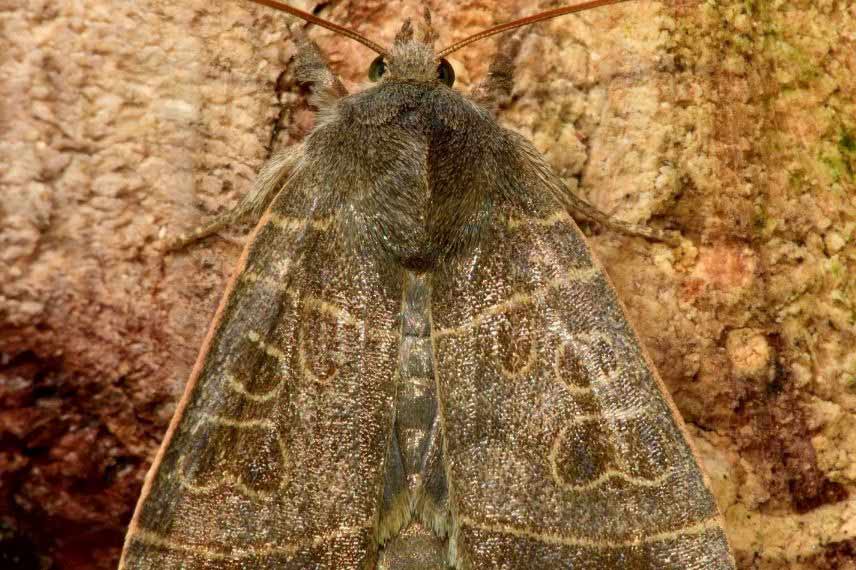 Olive moth
Olive moth
Preventive Measures and Treatment
- Many beneficial insects have a real impact on the moth, particularly lacewing larvae (which target anthophagous caterpillars that attack flower buds and flowers), and spiders. The carpophagous larvae (which develop inside the stone), well protected within the stone, are however less susceptible to attacks from beneficial insects. Again, promoting biodiversity in the garden helps to prevent the appearance of this insect.
- A biological treatment based on Bacillus thuringiensis (as with the box tree moth) can combat the olive moth. Once ingested by the caterpillars, it releases toxins that kill them within 24 to 48 hours. During treatment, thoroughly wet the foliage. If it rains or is cold in the days following the treatment, repeat the application 8 to 10 days after the first pass.
- Subscribe!
- Contents
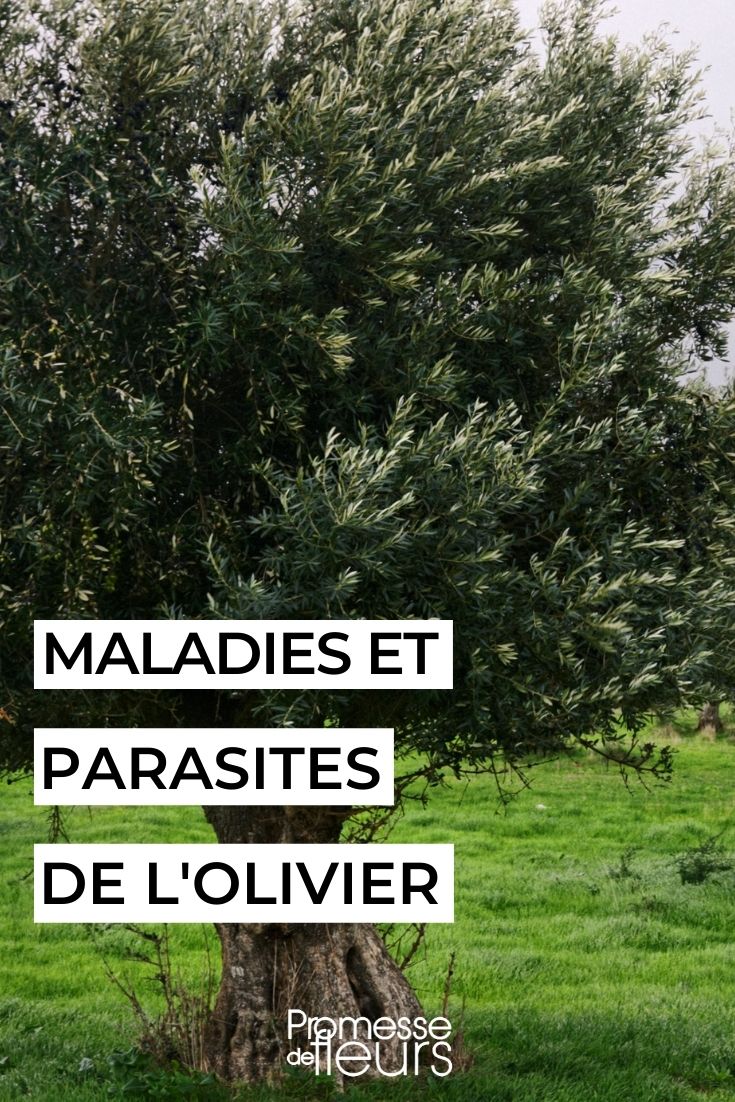

































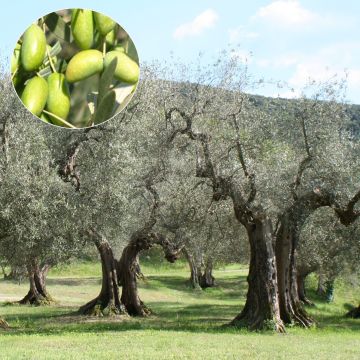
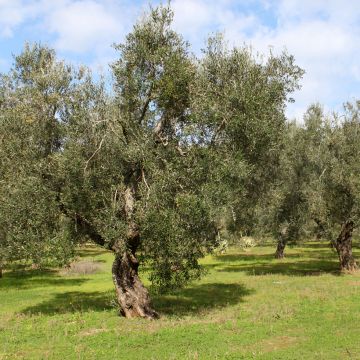

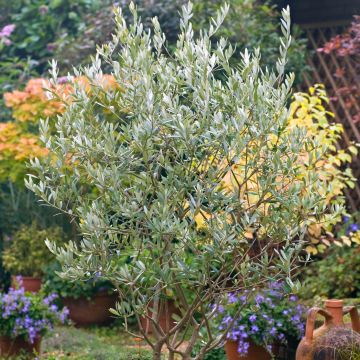
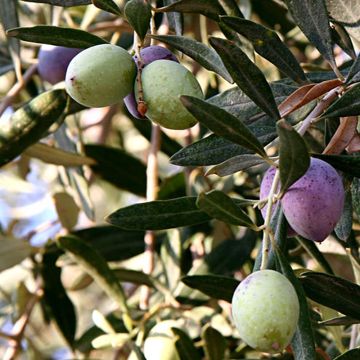
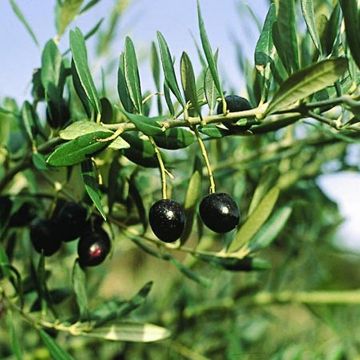
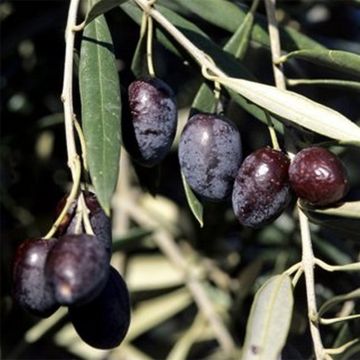
Comments